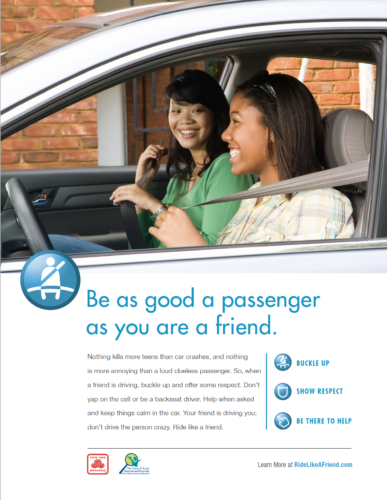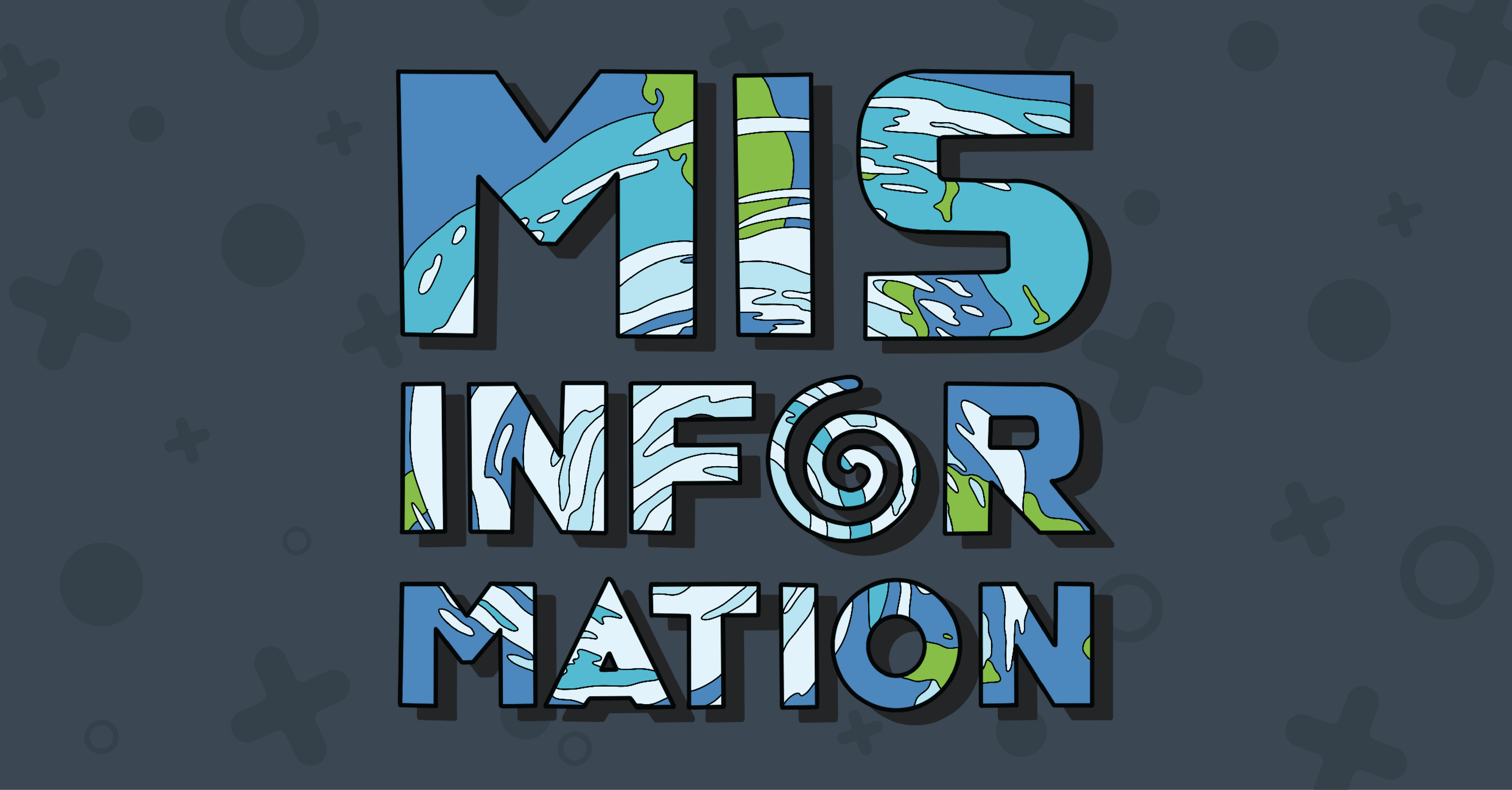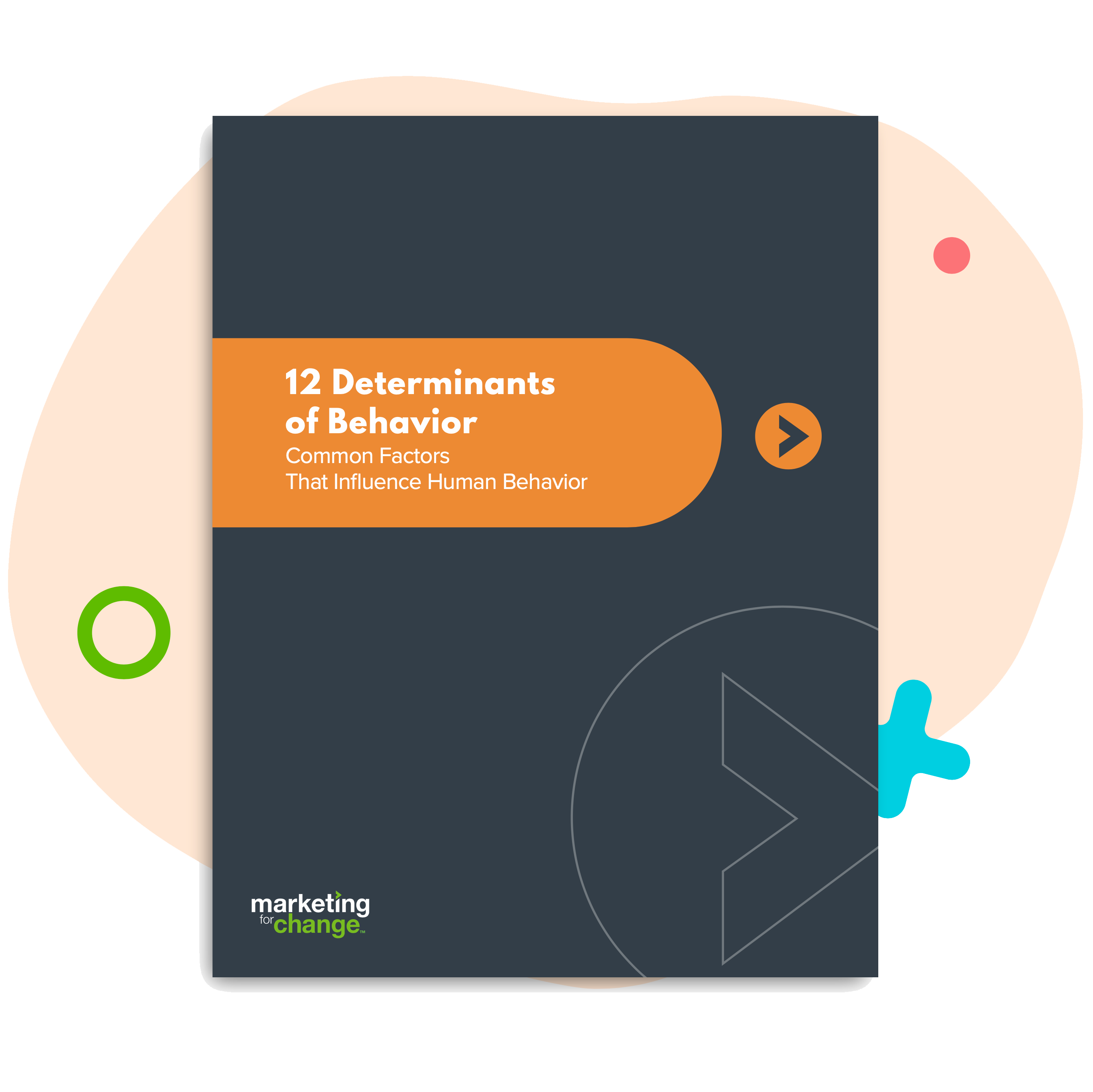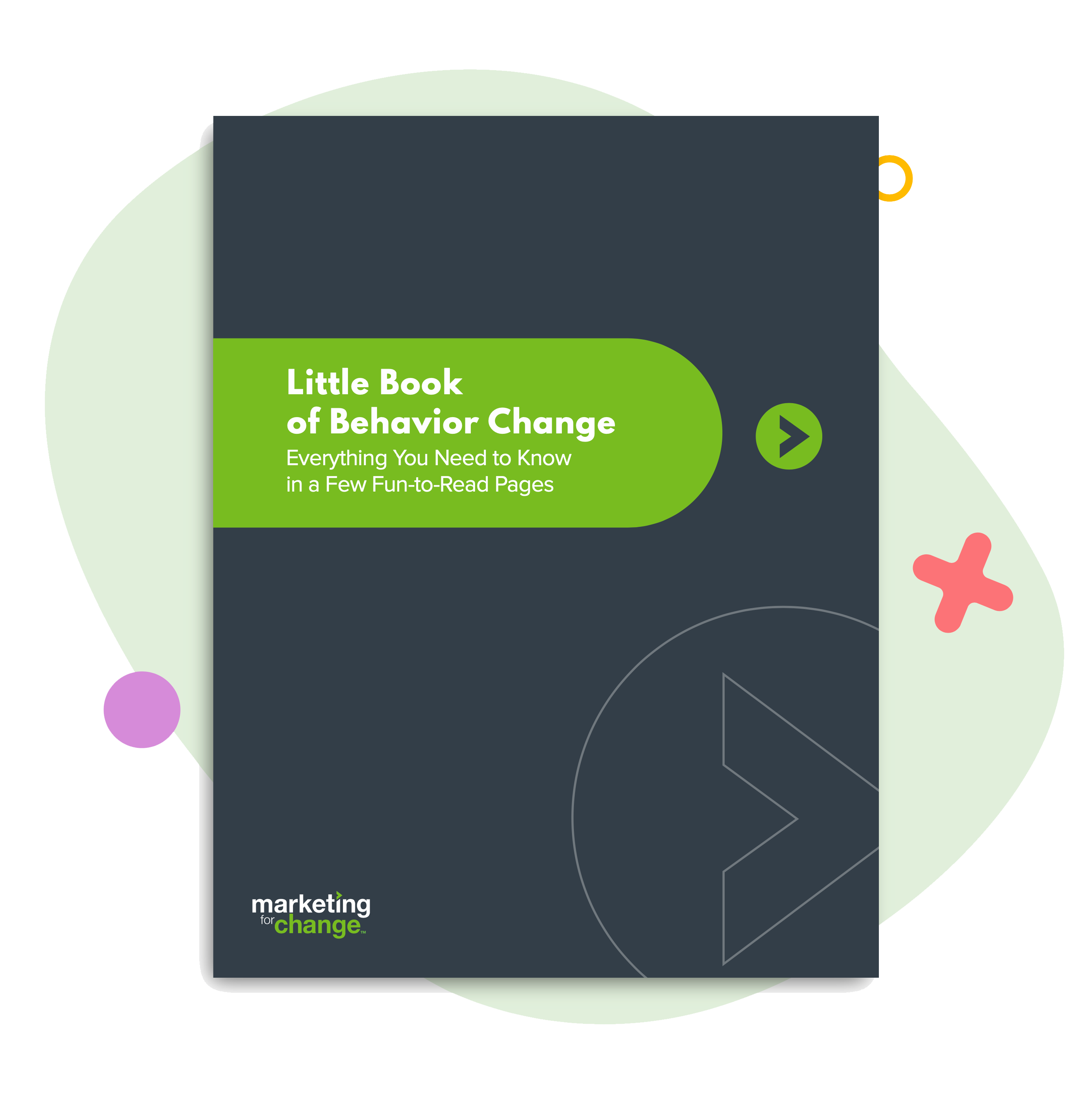
Why Risk Messaging Is Risky: Lessons from a Shark Attack
I was 14 when a tiger shark attacked teen surfing sensation Bethany Hamilton and bit off her left arm. I remember the news story so vividly — and my subsequent dread of an upcoming family beach trip. I had seen Jaws, but that was just a movie. This was real life and it happened to a girl my age. I was terrified to go into the ocean.
One girl gets attacked by a shark and I am afraid to get in the water halfway around the world. Looking at actual risk statistics, my fear was totally irrational. But it was also totally human.
Researchers have found a connection between familiarity and dread in how we perceive risk. Things with low familiarity and high dread (like shark attacks) tend to generate high concern. Things with high familiarity and low dread (like auto accidents) cause little worry, even though the risk of a car accident is far greater than the risk of a shark attack.

This research says a lot about how we need to be communicating risk for it to be most effective. People are most likely to be driven by risk when the threat is imminent, personal, and easily addressed. Everyday, we are making constantly calculated risks. Just leaving your house to go to work is a risk — but the risk of being fired for not showing up is significantly more immediate than getting hit by a car on the way there.
We also evaluate risks and make decisions based on how we process information through risk perception “filters” and mental shortcuts –– not all of which are rational.
Along with familiarity and dread, there are many other factors about the risk or source of risk that influence level of concern.
| Decrease Perceived Risk | Increase Perceived Risk |
|
|
Control is the idea of somehow being able to influence things. People perceive a much greater risk of flying, because they have no control over the plane. Chances of dying in a car accident are much greater, but people control their cars and feel confident in themselves so they are more likely to forgo a seatbelt.
Benefits come into play because we aren’t willing to take a chance on something that doesn’t directly benefit us. For example, there is no consumer benefit to adding BPA to plastic bottles; it only benefits the manufacturer. Since people don’t experience a direct benefit, consumers successfully demanded its removal — even though the actual risk of cancer was quite small (and the replacement chemical used by manufacturers may be just as dangerous). On the other hand, we are dependent on our cell phones, which benefit us greatly with connectivity and convenience. Even though the risk of a distracted-driving accident is high, we dismiss that risk every time we send a text, answer a call, read our GPS or fiddle with our Pandora playlist.
How to communicate risk effectively
First, when informing people to make sound choices about risk, risk must be communicated accurately. Start by identifying an opportunity to shift perception back to reality and provide insight to help better understand the risk. Equally important, be sure to provide concrete actions people can take to mitigate the risk.

People estimate personal risk in part by calculating how it compares to other risks they face. But risk communication often uses hard-to-conceptualize statistics. To make comparisons digestible, use infographics and other images that convey the data visually.
It can also help to pair risk messaging with other behavioral determinants. For example, in the “Ride like a Friend” campaign we developed for the Children’s Hospital of Philadelphia, we linked information about risk — teen drivers are far more likely to get in a fatal crash if they have passengers in the car, and the risk rises for each additional passenger — to teens’ self-standard of “I am a good friend.” Teens’ pervasive sense of invincibility makes direct risk messaging difficult. Instead, we framed passenger safety behaviors (limiting the number of people in the car, keeping the radio off, wearing seat belts, avoiding crazy distracting behavior) as just what good friends do for their friends.

When it comes down to it, we can’t ask people — including ourselves — to simply be more rational about risk. But we can leverage behavioral determinants and tailor our communications to ensure our risk messaging hits home.






